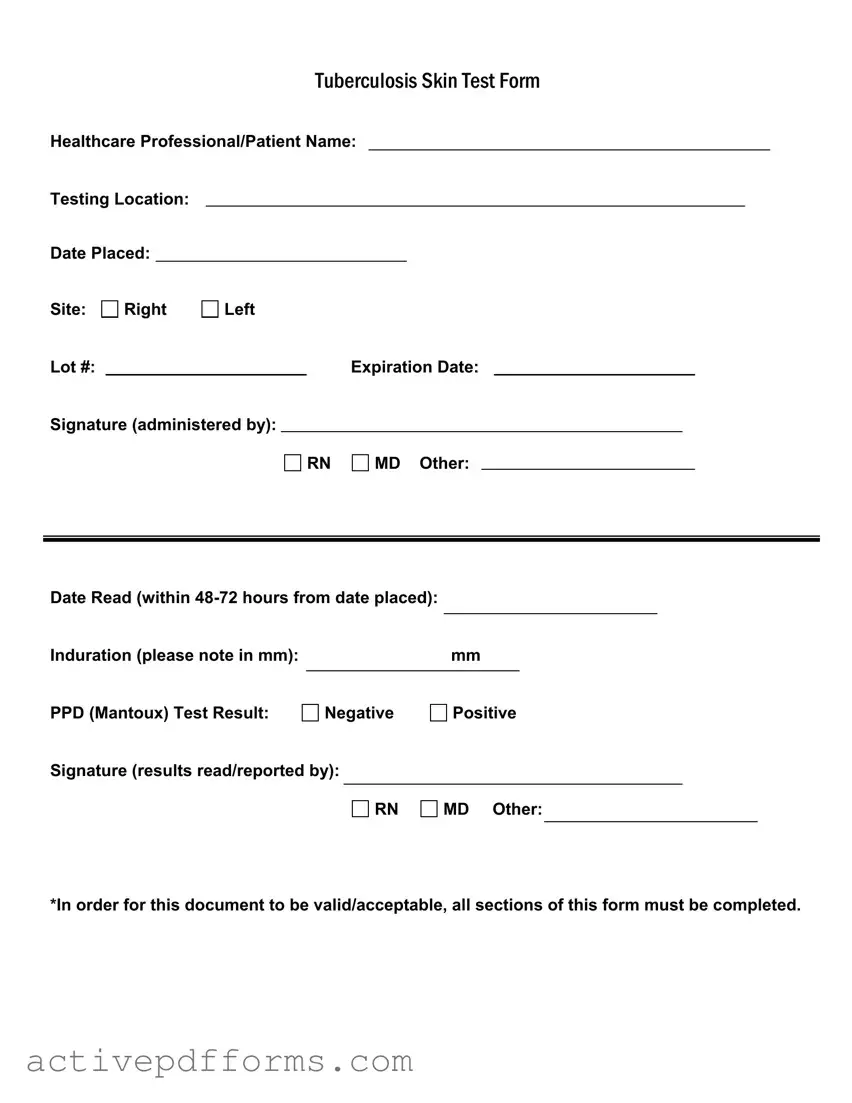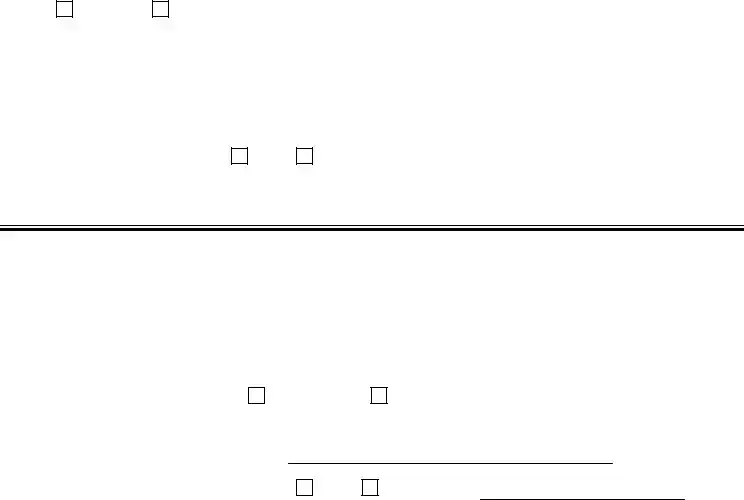Free Tb Test PDF Template
The TB Test Form, officially known as the Tuberculosis Skin Test Form, is a crucial document used in the medical field to record the administration and outcome of a TB skin test. This form details various pieces of information including the healthcare professional or patient's name, testing location, dates related to the test placement and reading, as well as the test result. For the document to be considered valid, each section must be fully completed, reinforcing the importance of thorough documentation in monitoring and managing tuberculosis exposure.
Edit Tb Test Now

